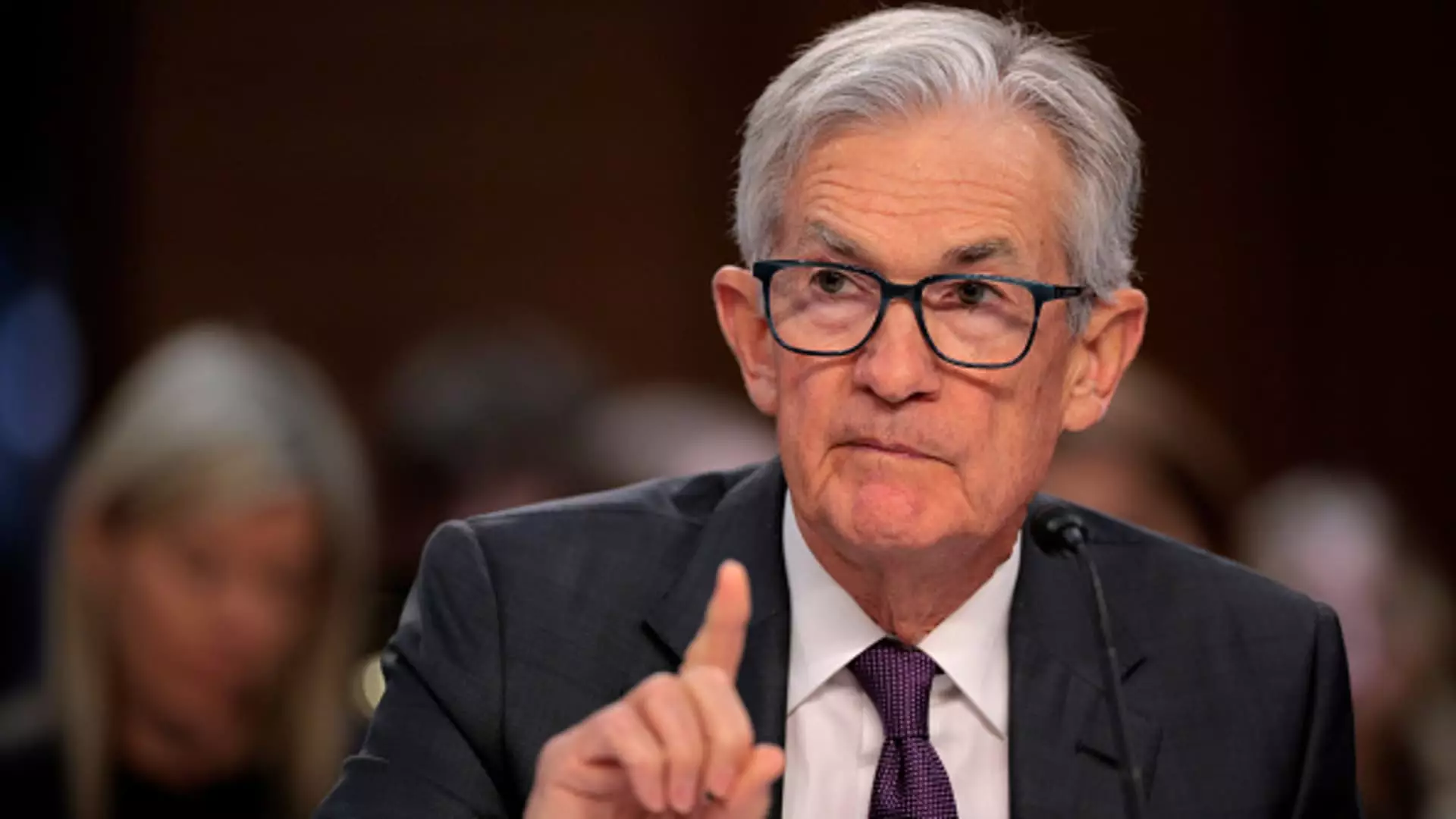As the U.S. economy continues to navigate a complex landscape characterized by fluctuating inflation rates and evolving fiscal policies, the Federal Reserve faces a critical juncture in determining the direction of interest rates. The minutes from the Federal Open Market Committee (FOMC) meeting in January reveal a unity among Fed officials regarding the stance on interest rates. However, they also highlight the interplay between external economic pressures, such as tariffs imposed by the Trump administration, and internal objectives like maintaining stable inflation and employment levels.
Current Monetary Policy Stance
The FOMC has opted to maintain the target range for the federal funds rate, aligning with a recent trend observed in 2024 where three consecutive cuts have brought the rate down by a full percentage point. The unanimous agreement to pause further cuts suggests a positioning strategy that prioritizes a thorough analysis of economic indicators before making additional adjustments. Members expressed a collective understanding that although the current policy remains significantly supportive, allowing time to assess the economic landscape is crucial for informed decision-making.
Participants at the meeting voiced a keen awareness of the external pressures that may influence inflation. They noted the importance of monitoring inflation indicators more closely, recognizing that tariffs could potentially create upward pressure on prices, counteracting the Fed’s goal of keeping inflation at around 2%. As the economy approaches what many describe as maximum employment, Fed officials are wary of committing to further rate cuts without clearer evidence that inflation is trending downward.
Trade Policy and Its Implications
The discussion around tariffs has emerged as a prominent theme in the evaluation of inflation and monetary policy. President Trump’s administration has indicated an interest in expanding existing tariffs, particularly on sectors crucial to the economy, including automotive, pharmaceuticals, and technology. The proposed significant duties pose a substantial risk not only to consumer prices but also to broader economic stability. The FOMC members are cognizant that sustained tariff implementation could lead to businesses attempting to shift increased costs onto consumers, further complicating the inflation narrative.
Given the potential for policy changes, the Fed’s analytical framework now must adapt to account for how trade policies may influence overall economic activity. FOMC participants mentioned concerns that tariffs could keep inflation elevated, especially if they trigger a series of sustained price increases rather than isolated spikes.
While the discussion around tariffs raises legitimate concerns, it is essential to balance this perspective with the optimism expressed by members regarding the U.S. economic outlook. The prospect of regulatory relief and favorable tax reforms offers a counterweight to the apprehensions about inflation, suggesting that the overall economic trajectory could remain robust despite aggressive trade policies. Fed officials appreciate that these fiscal changes might enhance business sentiment, potentially bolstering consumer demand, which is instrumental in maintaining economic momentum.
However, this optimism must be tempered with caution. Most Fed officials are adopting a wait-and-see approach, emphasizing that any further movements on interest rates will hinge on tangible evidence of inflation trends rather than speculative projections. As they strive to delineate the effects of external economic drivers from underlying domestic factors, the Fed finds itself in a challenging position where each rate decision could significantly impact the economy.
Market analysts are currently predicting that future rate adjustments will likely occur later in the year, with projections leaning towards reductions in July or September. This anticipation reflects the market’s understanding of the Fed’s careful navigation in what remains a multifaceted economic environment. In the face of shifting fiscal policies and the need for continued vigilance on inflation indicators, the Federal Reserve remains committed to ensuring that monetary policy adjustments reflect both current conditions and foreseeable trends.
The Federal Reserve’s recent meeting minutes encapsulate the delicate balancing act that policymakers must maintain amid rising tariffs and evolving economic signals. As they confront these challenges, the priority remains clear: fostering a stable economic environment that supports sustainable growth while adhering to the dual mandate of maximum employment and stable prices. The road ahead may be fraught with complexities, but the Fed’s deliberate approach indicates a commitment to thoroughly evaluate and respond to the changing tides of the economy.

